The Nature of Sapphic Love in “Prince Charming” and “Chanson” by Isabelle W.
The collection The Muse of the Violets (1977) contains poetry centered around lesbian love, feminine virtue, and virginity written by Renée Vivien. The title and the delicate, wispy violets adorning the cover allude to femininity and Violet Shillito, a woman with whom Vivien had a deep romantic and platonic relationship. The publisher’s note at the beginning of the collection identifies Vivien as an “Anglo-American lesbian” who writes in French.
Vivien ties love to virginity and purity throughout her poems and in the short story “Prince Charming,” in which a young woman, Sarolta, marries a woman disguised as her brother, Bela. She often describes the figure of her affection (or their features such as their eyes or hair) as pale or white, which has traditionally been a symbol of virginity and purity. While there are sexual overtones in some poems, there are many more examples of Vivien merely expressing her desire at a distance (with even a poem named “Virgin”), extolling the figure’s beauty in a desexualized manner. In “Prince Charming,” Sarolta and Prince Charming’s love is described twice as “chaste” and the barest touch of their hands causes a flush upon Prince Charming’s cheeks. Prince Charming and Bela are noted as “pale” multiple times, which is traditionally connected with modesty. Vivien depicts love as something that both encompasses and transcends bodily desires.
Another theme in the collection is an emphasis on stories from classical antiquity. Scattered throughout The Muse of Violets are explicit references to Greek history and mythology. Several poems have titles in Greek, she dedicates a section to Sappho, and there are mentions of female Greek figures intertwined in several of the poems. The introduction reveals that Vivien herself knew Greek and was especially interested in the lyrical poetry of Sappho. This theme throughout Vivien’s work contributes to the sense that Vivien is expanding upon the long literary tradition of lesbian love.
Vivien wrote multiple poems titled “Chanson,” a type of French song. In the one I found most compelling, she vividly describes a tall, beautiful figure with a soft voice whom she loves. This figure shares physical characteristics with the love interest in “Prince Charming”; both are tall, pale, and have a certain appealing grace. Sarolta is drawn to Bela even as a child because of his stereotypical feminine traits like gentleness, sweetness, and daintiness. In the poem, the figure is a “flower.” This imagery is intrinsically connected to the idea of feminine virtue, which is integral to Vivien’s work.
“Chanson” and “Prince Charming” both fit into the genre of fairy tales. In “Chanson,” the object of her desire is “from distant days of before.” Vivien also describes her voice as a “poem.” There is musical imagery in “Prince Charming” that contributes to an idyllic, enchanting tone: Sarolta’s heart “sang” and Bela’s voice was “musical and faraway like the echo of the mountains.” With the knowledge that Vivien is a lesbian who often writes about sapphic love, there is more foreshadowing that Sarolta will fall in love with a woman. Indeed, even the title of “Prince Charming,” with the knowledge of the content that Vivien usually writes about, predicts a subversion of a fairy tale.
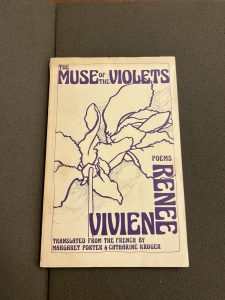
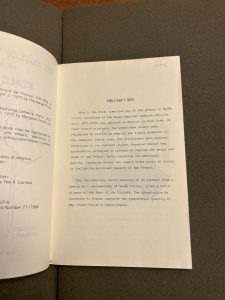
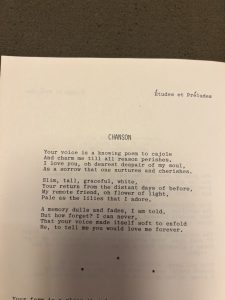
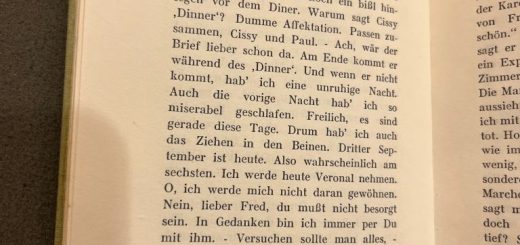
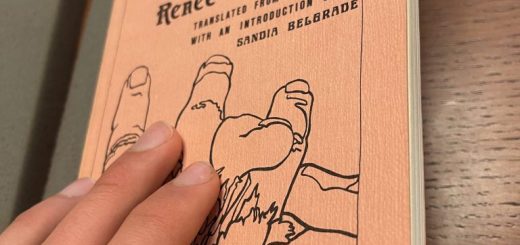
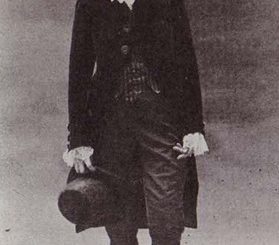



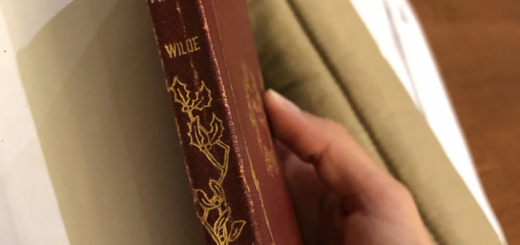

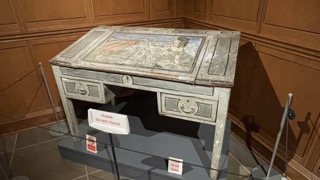
Recent Comments